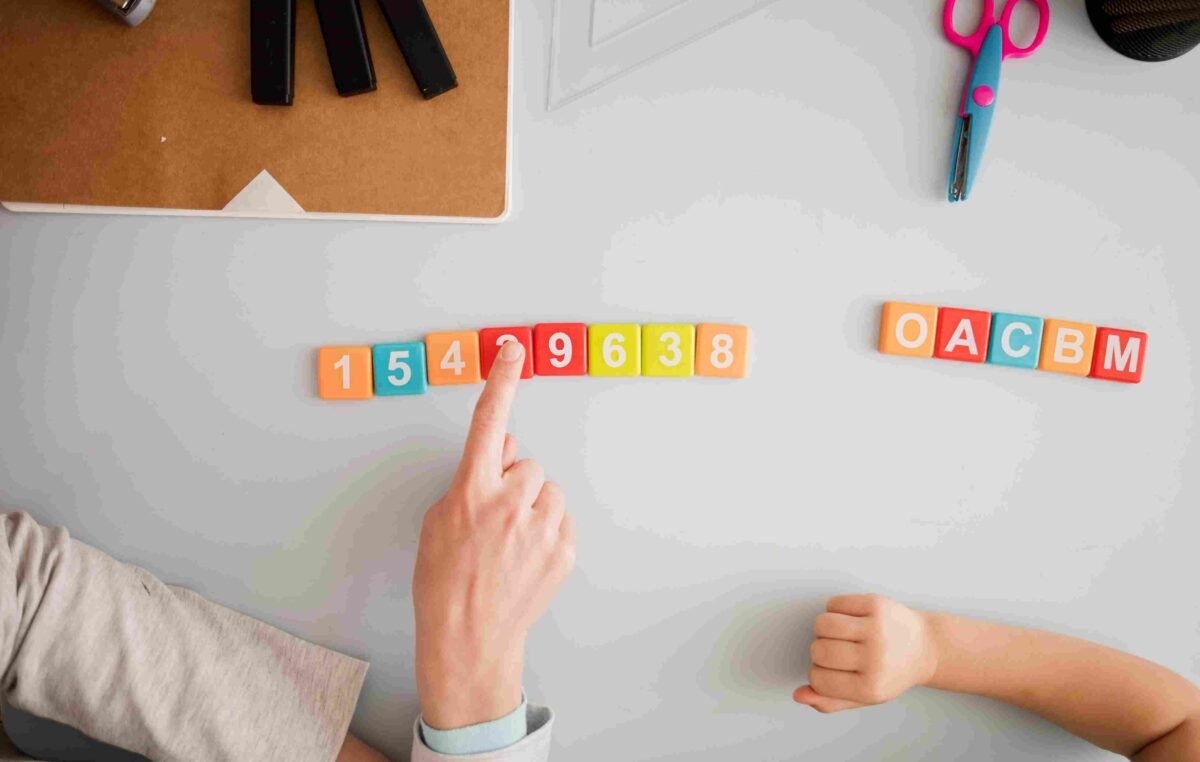Are your students disengaged during lessons? Do you want to enhance your students’ learning and make their learning interactive and fun? You can improve their engagement through hands-on projects and by developing creative skills.
In this blog we will explore how teachers incorporate projects for enhancing the learning of students and to make them creative and active learners.
However, Top Primary Schools in Lahore incorporate project-based learning into their curriculum for boosting engagement and helping students to interact with natural phenomenon’s.
We as teachers, must give opportunities to our students, to work on projects to enhance their understanding, and to develop critical thinking, collaboration, and creative skills.
Let’s discuss how project-based learning is playing its role for increasing student engagement and creating meaningful learning experiences.
Why Projects are Essential for Student Engagement
If teachers assign a group project for their students, then it means they create an environment for their students where they explore, ask questions, recognize their talent and learn creative and problem-solving skills.
However, this approach introduced a new teaching method different from traditional teaching, to interact students towards active learning.
For example, students working on projects apply their academic knowledge to understand and explore something different that enhances their learning abilities.
Encouraging Creativity Through Project-Based Learning
If we prepare our students for the future challenges, then focus our students towards creativity. One of the best ways to develop creative skills among our students is to design something unique and present their own projects.
For example, teachers can guide their students by assigning group activity or individual tasks to help students to recognize their hidden talents and abilities.
However, we as educators must give a free hand to our students to explore topics in which they are more interested. We help them think beyond their curriculum, which leads to innovative solutions and fresh ideas.
Collaborative Learning and Teamwork
When a teacher assigns a group project, they are actually developing collaborative relationships among students, which is essential for staying connected with the world.
While working, students in a team learn interpersonal and communication skills, that’s very helpful for staying in society and also helpful for understanding different behaviour of people.
Group projects teach them teamwork, setting goals, and resolving conflicts. These taught them essential skills for living a happy life. It helps students to gain self-confidence.
Real-World Connections: Making Learning Meaningful
When students explore, relating to something happening around them increases their engagement towards studies. Project-based learning provides an opportunity for the students to connect with the real world.
Students, while working on a project related to real-world challenges, get motivation and interaction. They apply their knowledge in real life and encourage students to think critically.
For example, Affordable Primary Schools in Lahore adopted projects based learning into their curriculum. They teach students how to tackle real life issues, by assigning reality based projects.
How to Incorporate Projects into the Curriculum
Teachers assign projects to boost engagement of their students in the classroom. We have to make sure projects are challenging but achievable.
We take a start by introducing topics related to their subjects and allow students to explore something different by applying their knowledge in reality based processes.
However, as teachers guide and encourage our students and offer opportunities for reflection and feedback to check the goals of your project, it not only fulfills academic goals but also promotes personal growth.
Benefits of Project-Based Learning for Teachers
Project-based learning is also helpful for teachers, when they are using projects into their lessons. They get a more engaged class, and see every student participate actively in the class, and respond to the same problem in a unique way.
However, this understanding helps teachers to know about the learning style of each student and guide them by using different strategies for fulfilling their needs.
Education and Project-Based Learning
Some students and teachers have the misconception that project-based learning is only for elite institutions and are unaware of its outstanding result. They also incorporate this method into their curriculum.
However, through careful planning and resource management teachers can design impactful projects to encourage their students and enhance their engagement in the class without any costs.
We as teachers should be creative, dedicated, and willing to experiment with new teaching methods. So, that your Newcomer students are more interacted towards project-based learning.
Final Thoughts
If we, as educators, incorporate projects into our learning process for engaging students, fostering creativity and preparing them for future challenges.
However, project-based learning develops essential skills that are helpful for students to face issues by using their creative skills and guide them how to behave in society.
For example, we as teachers must give students an opportunity to work on meaningful projects, we are helping them grow into critical thinkers, problem solvers, and effective collaborators.
Therefore, by adopting project-based learning, we take the learning of our students to the next level, by making our classrooms supportive for spaces where students are excited to learn.


